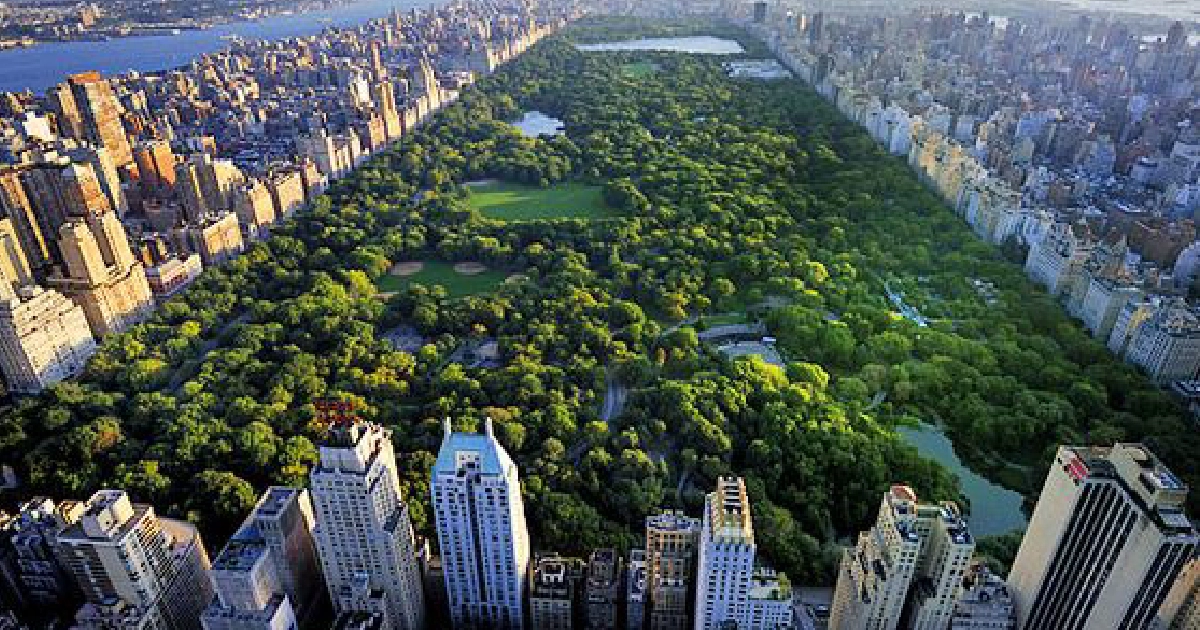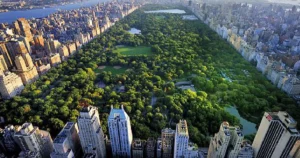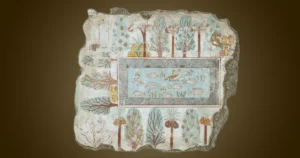The ‘Cleopatra’ fountain in the court of Belvedere, A roman relief which was an inspiration for Bramante’s wall fountains [1] were the marvelous pieces of art in the Italian gardens. The Gods of Antiquity dominate the history of western garden sculpture. These classical sculptures, excavated from the ruins of Greece and Rome, were displayed in gardens. The Belvedere Garden in the Vatican City was adorned with the most famous statues from ancient times [2].
Greeks and Romans mainly associated sculptures with the gods. The prominence of Greek goddess statues and other works of art dedicated to Greek gods is explained by the fact that a great deal of Greek art was intended to thank the Gods for people’s good fortune and provide a symbol for man’s purpose in life. Hebe, the official cup bearer of the Olympian gods, personified the eternal beauty of youth. The most popular Goddess to be sculpt was Aphrodite; the Greek Goddess of love and beauty. Philosophically, there was a relationship between the god and the nature in classical gardens.
Just like Romans and Greeks, Italians associated sculptures with elements of nature. Water became an important element in renaissance period. In the Fountain of Diana of Ephesus, water is falling as a waterfall along the wall on rocks gives a different experience. Perhaps the deity sculpture having spouts that are pouring water may portray that the water is controlled and hailed by god. Or it can just be an artistic representation of nature.
Were renaissance gardens just the adaptation of classical gardens? Did they just frame nature and god or deity sculptures in their gardens to depict the source of inspiration?
In the Renaissance period, education on humanism highly affected the branch of art and architecture and certainly, human proportions gained importance. In the transition period of classical to renaissance, the form, theories of perspective and geometry emerged.
With the change in Philosophy, The application of sculptures took a turn. In the sense, eventually, the artistic approach evolved and they invented a functional aspect of sculptures. In Villa Lante, water flowing from the fountain of the dolphins spurts into the jaws of a crayfish became a feature to channelize water. Perhaps that could have been the representation of man having a power over nature by high Italian renaissance people.
The intricate art giving importance specifically to the water being a prime element, developed in this period. The water cascade feature in ‘The water theatre’, where water staircase and spiral columns are carved to channelize the axial water body is an example of amalgamation of nature and human art in the Italian gardens. The water body is natural but the sculpture is used in an artistic way to emphasize the water cascade at the centre.
Since the attempt of this natural yet built concept is seen in many of the private Italian gardens, their garden designs became a royal art. Perhaps collecting sculptures for gardens was a competitive hobby.
A new relation between sculpture and garden design injected vitality into both arts. The gardens of Renaissance Italy became outdoor museums.
Reference:
- Presentation on Italian renaissance gardens.
- Vander Ree, Paul. Italian villas and gardens. Amsterdam: Thoth Pubs.



